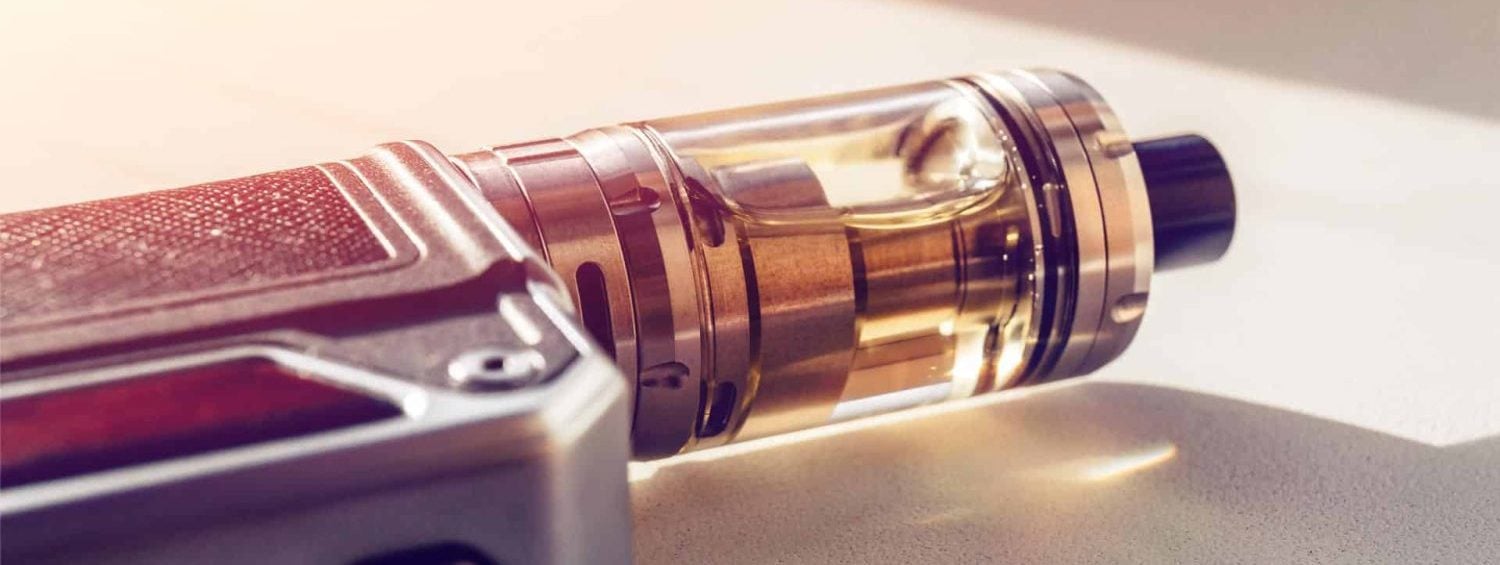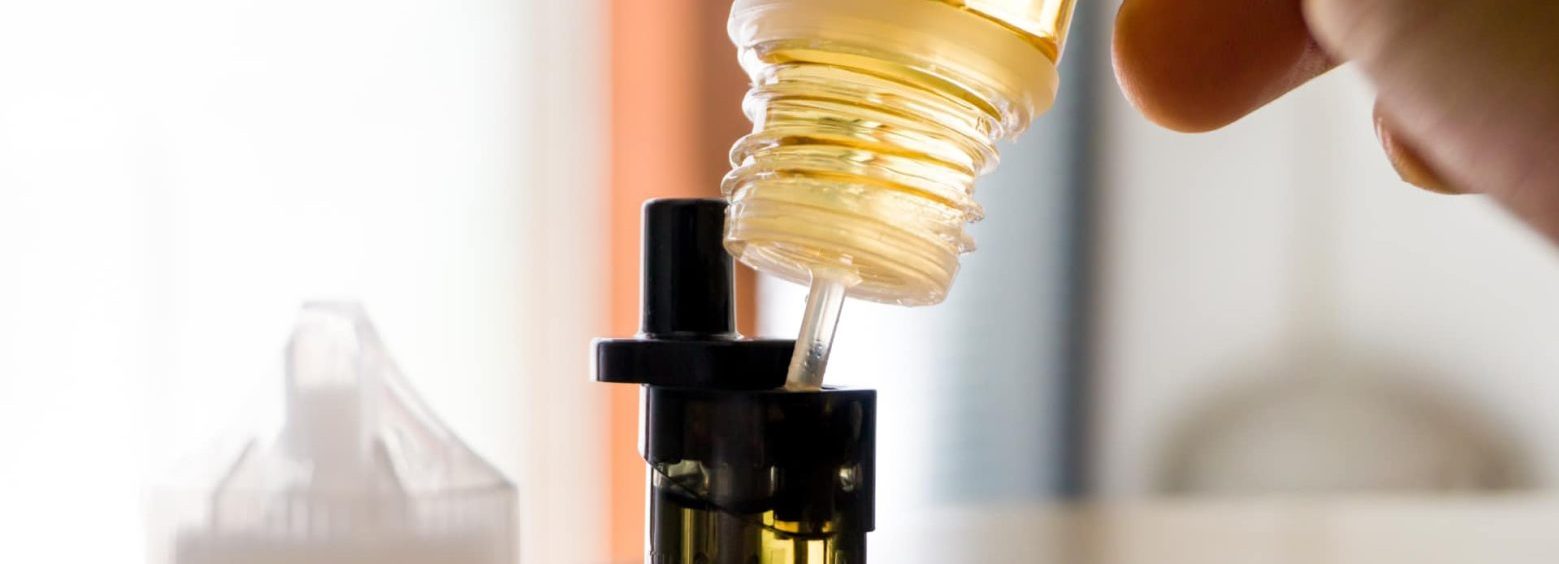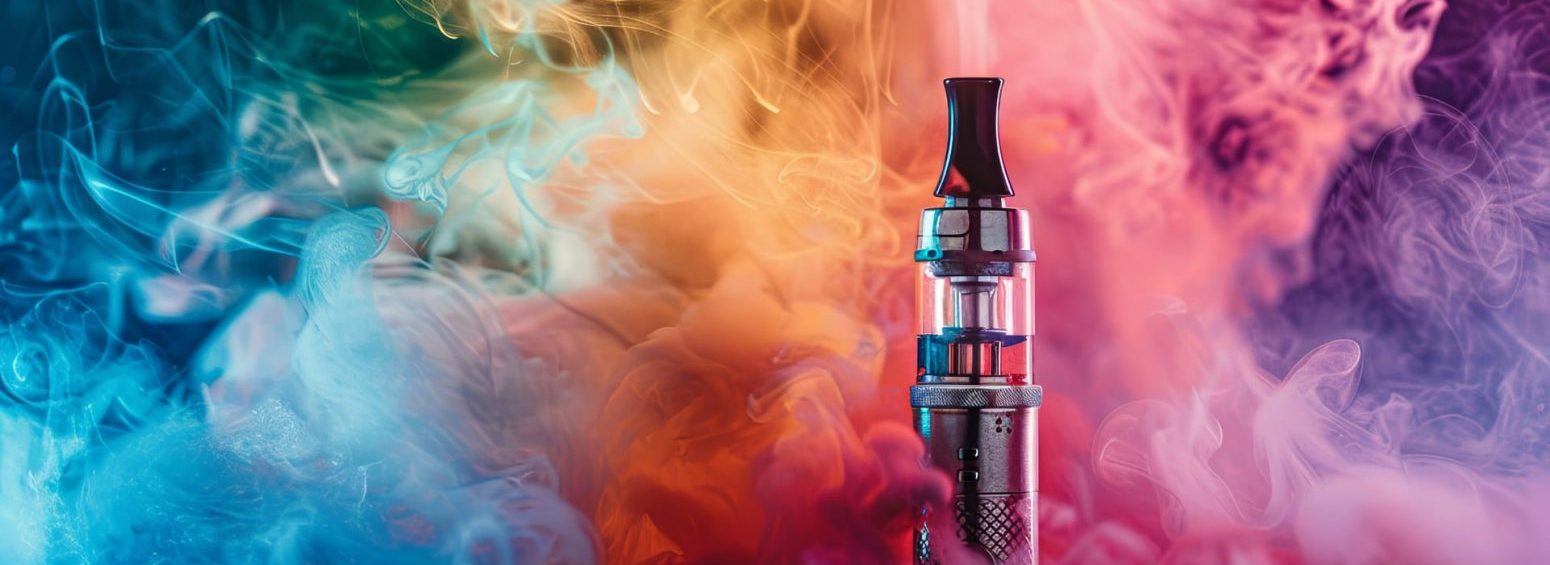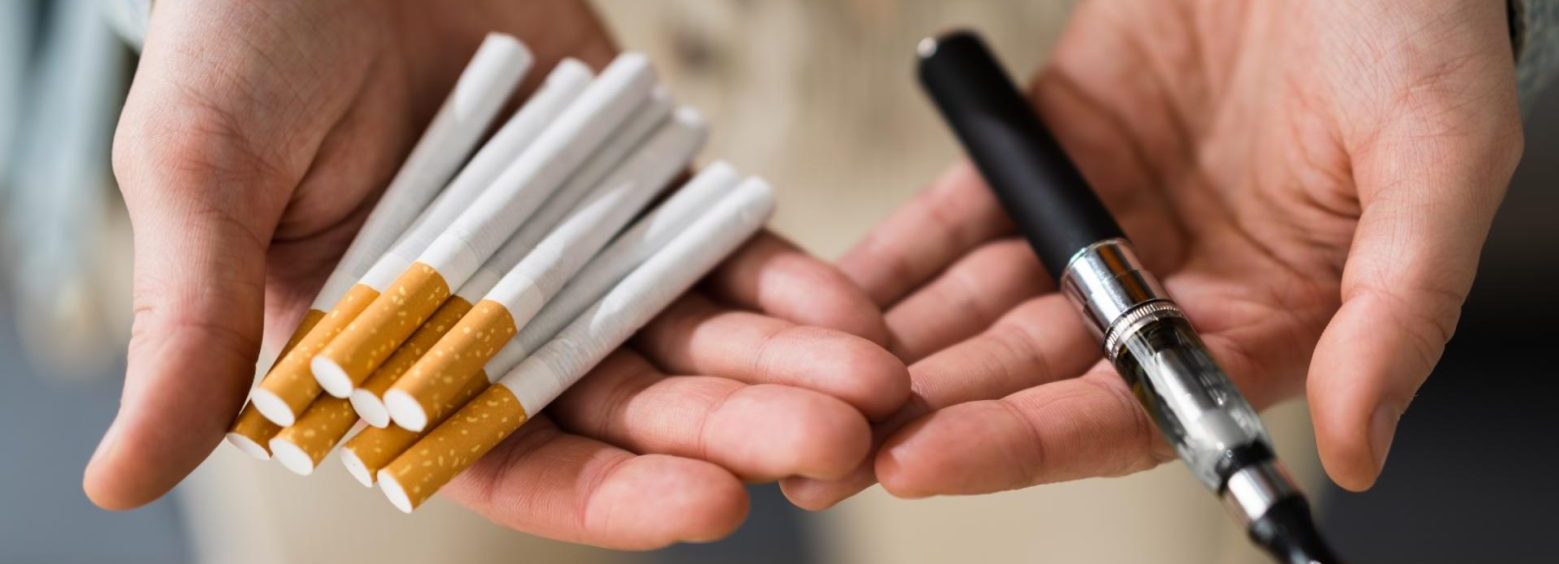- WARNING: This product contains tobacco-free nicotine
- Nicotine is an addictive chemical
- This product is not derived from tobacco
Home / Blog
Pink Spot Vapors Blog
You want every puff to feel right. But with shelves full of bottles, choosing between...
If you’ve ever tried a few vape juices and thought, “Why does this one hit...
All experienced vapers have probably tasted nicotine salts together with regular (freebase) e-liquids. And you...
Looking for a safer way to vape? You’re not alone. A lot of people are...
You’ve probably heard people argue about “is vaping better than smoking?” It’s a common question,...
From being a specialized substitute for cigarettes, vaping has advanced significantly. It is now a...
How to Find Us?
Coming from a nearby city? Here’s how to find us.
- Get on I-11/US-95 N from Las Vegas Blvd N, N 4th St, and I-15 N ramp.
3 min (0.7 mi) - Continue on I-11/US-95 N to N Decatur Blvd. Take exit 41 from Co Rd 215 E/Clark County 215 E.
15 min (15.8 mi) - Continue on N Decatur Blvd to your destination in Las Vegas.
- Get on I-15 N from S University Center Dr and E Tropicana Ave.
9 min (3.0 mi) - Continue on I-15 N. Take I-11/US-95 N towards N Decatur Blvd in Las Vegas. Take exit 41 from Co Rd 215 E/Clark County 215 E.
19 min (20.4 mi) - Continue on N Decatur Blvd to your destination in Las Vegas.
- Get on I-15 N from Las Vegas Blvd S and W Flamingo Rd. 5 min (0.9 mi)
- Continue on I-15 N. Take I-11/US-95 N towards N Decatur Blvd in Las Vegas. Take exit 41 from Co Rd 215 E/Clark County 215 E. 18 min (19.5 mi)
- Continue on N Decatur Blvd to your destination in Las Vegas.

























